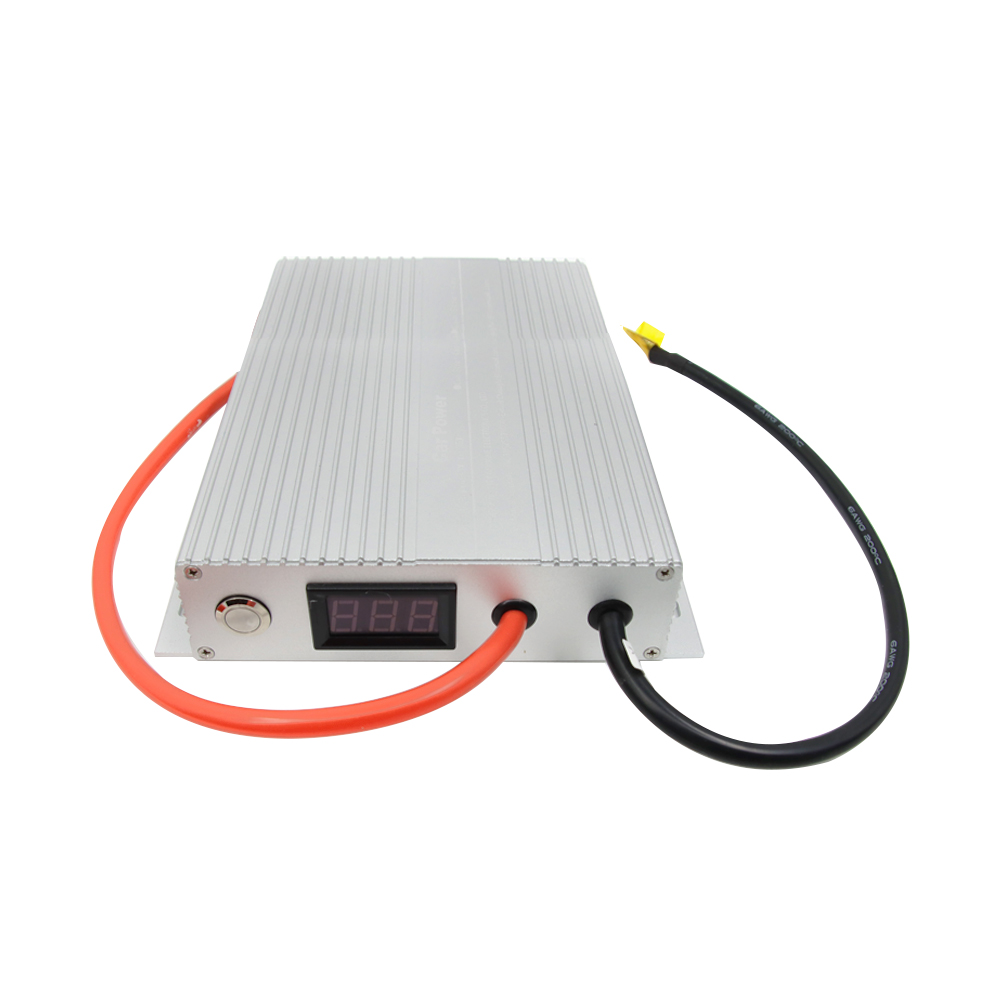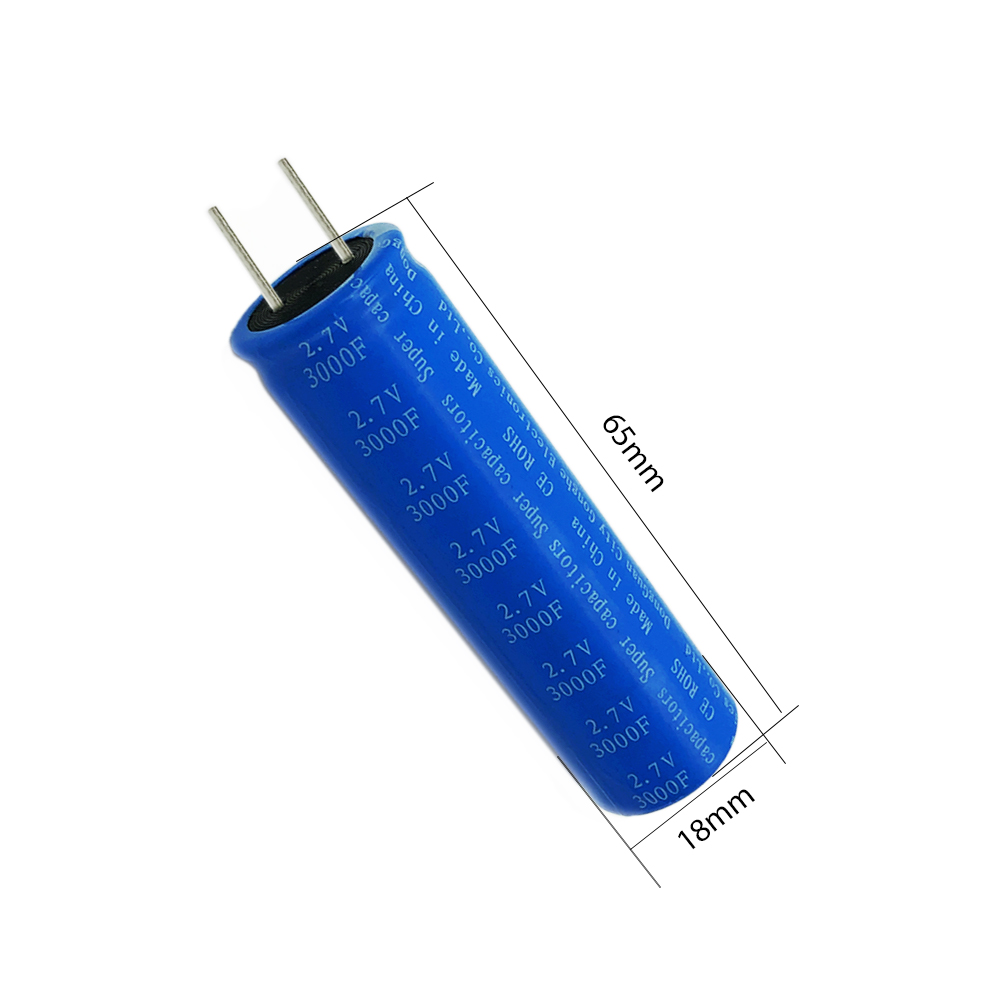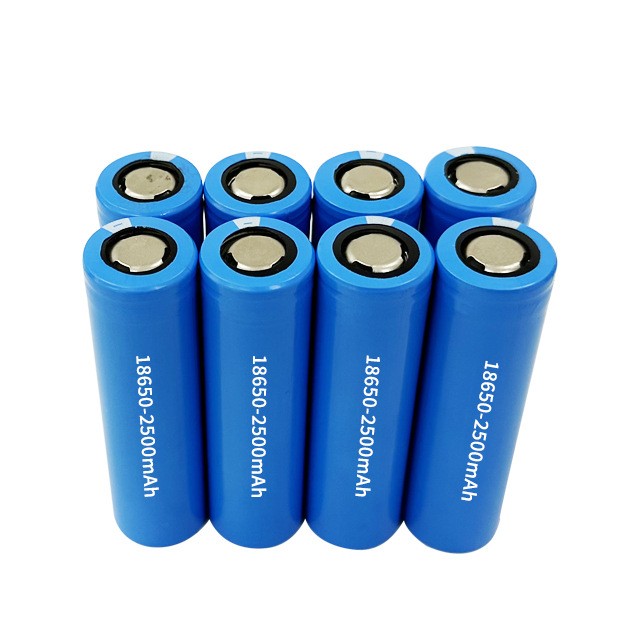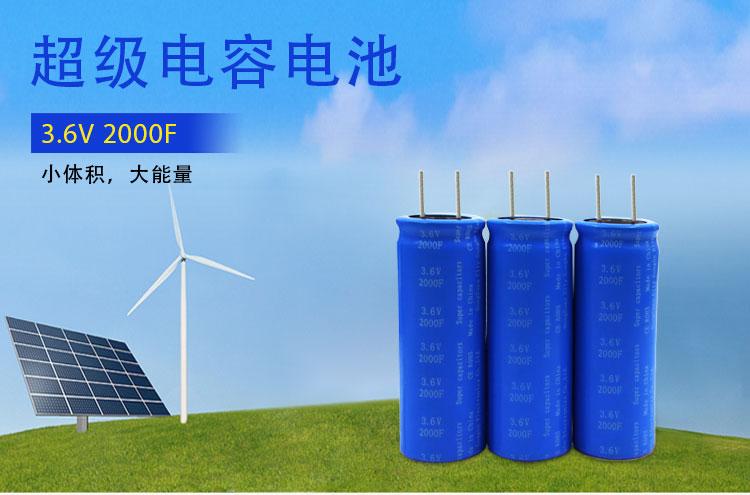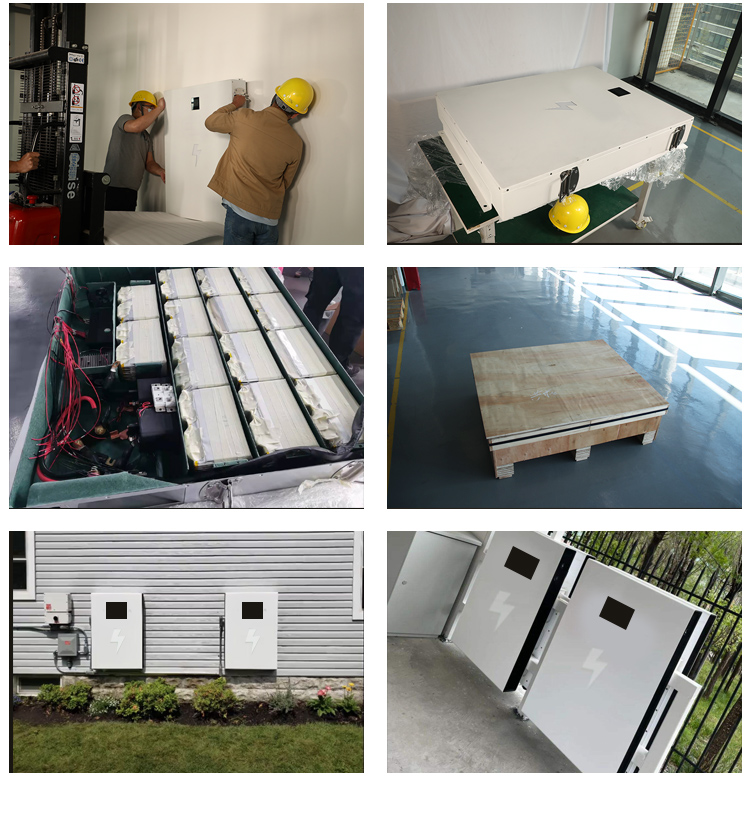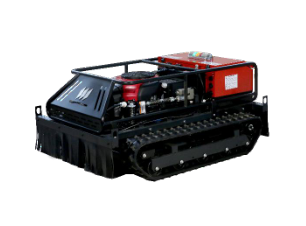
Wedoany.com Report-Dec 12, The first phase of a USD 220 million geothermal heating project in the Smith College in Northampton, Massachusetts has now started operations. The system is now supplying geothermal heat to the College’s North Campus from a field of 72 boreholes, each drilled to a depth of around 800 feet (244 meters).
Construction work for the project started in 2022, and is expected to continue until 2028. After completion of the Phase 1 for the North Campus, the next phases will cover the Quad District and the Central District.
An invisible system
Gary Hartwell, project manager in Facilities Management, notes how most of the infrastructure for the geothermal heating system is invisible. The top of the geo-exchange pipe is buried four feet below the ground and is connected to the borehole field.
The location of the borehole field, on the Davis Meadow, now has a restored landscape with native vegetation and outdoor social spaces. The space serves to increase biodiversity and the local plant species supplies food for wildlife and provides carbon sequestration.
A model for other colleges
Smith is the first college in the region to implement a geothermal heating project. Thus, it is being viewed as a model by other colleges, K-12 schools, and municipalities.
“Our work was highlighted by the United Nations Framework on Climate Change as innovators in the Race to Zero Emissions, alongside campuses from around the globe,” said Beth Hooker, director of sustainability and administrative director at the Center for the Environment, Ecological Design and Sustainability (CEEDS).
“And closer to home, we’ve been able to share our knowledge with our neighbors in Hadley, as well as with MIT and Vassar College, where they are considering a switch to geothermal energy.”
Charlie Conant, interim assistant vice president of capital projects, also points out that the college had undergone a similar transformation back in 1946 when it phased out coal-fired boilers in most of the major buildings in the campus. “It’s a generational change, this kind of conversion,” he says.
